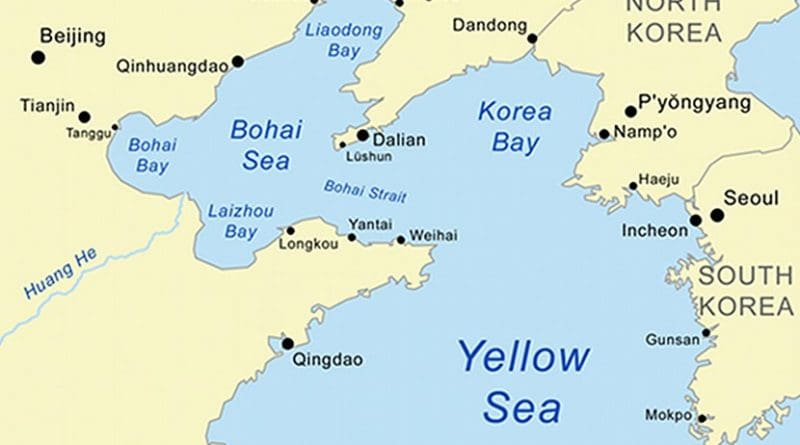China Claims Geology Boosts Island Claims
By VOA
By Matthew Hilburn
In an attempt to bolster its claims to disputed islands in the East China Sea, China has presented the United Nations what it says is geological evidence proving the islands belong to Beijing.
Lianzeng Chen, the deputy head of China’s State Oceanic Administration, submitted the claim December 13, according to China’s state-run Xinhua News Agency.
He said Beijing has the right to claim the undersea continental shelf beyond the normal 200 nautical miles because it is a “natural prolongation” of China’s land territory into the East China Sea. This claim would include the Senkaku/Diaoyu Islands claimed by both China and Japan.
According to Xinhua, Chen said the geological characteristics of the continental shelf in the East China Sea differ greatly from those of the Okinawa Trough to the east, and accordingly, the trough should be seen as the end of China’s continental shelf.
Jacques deLisle, a University of Pennsylvania law professor and expert on Chinese law, said Beijing is taking a new approach to an old dispute.
“This is yet another salvo in China’s contentious maritime territorial disputes with its neighbors in the East and South China Seas,” he said.
Japan’s newly elected prime minister, Shinzo Abe, has been adamant that the Senkaku/Diayou Islands belong to Japan.
DeLisle said the underlying, but not binding, legal principle for disputes like this is that coastal states get a continental shelf of 200 nautical miles, and in some cases, another 150 nautical miles if there’s a natural prolongation and no conflicting claims. But there are two caveats, he said.
First is that a longer shelf is permissible when the shelf is part of a “natural prolongation,” in a geological or topological sense. In other words, if you drained the ocean, the resulting land would be roughly the same altitude of the landmass.
The second exception comes when two countries have less than 400 nautical miles between their coasts. In that case, dividing the distance equally is a normal, though not fully mandatory, principle for allocating overlapping claims, according to deLisle.
“As all of this suggests, there are a few problems preventing easy or quick resolution,” he said, adding that the application of any principles “depends on some rather technical calls and iffy judgments such as what features are natural prolongation and what are not.”
According to Xinhua, no ruling by the U.N. should be expected soon as “continental shelf demarcation involves complicated scientific and technological problems” and there are many such claims before the body. The report added that any delays would not affect China’s claim.
In addition to the East China Sea, China is involved in several territorial disputes in the South China Sea, including claims to the Spratly Islands, the Paracel Islands, the Pratas Islands, the Macclesfield Bank, and the Scarborough Shoal.
The islands are highly coveted because of suspected large reserves of oil, natural gas, minerals and fisheries in the surrounding waters.
China’s assertive strategy toward the disputed territories, including establishing a military garrison on one of the Spratly Islands, has led to increased tensions with its neighbors.

